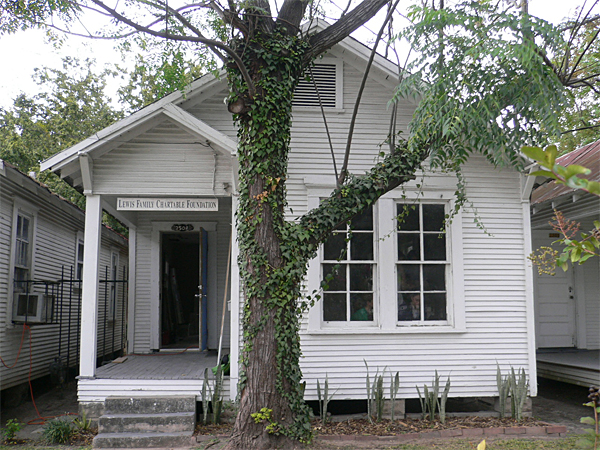I found a recent study, albeit a small one, done in the UK that brings up an interesting question (even if it doesn’t provide too many answers). New Tricks With Old Bricks, a study done by the Empty Homes Agency, tries to show that an old refurbished home can be just as “green” as a new build. Now by “green” in this particular study they are referring only to the home’s carbon emissions, or as we refer to it across the pond, carbon footprint. While they did include embodied carbon and operational carbon they only studied six homes, and they projected the totals over a fifty year period.
My first thought about construction in the U.S. is that a lot of new builds won’t make it fifty years, but crappy construction aside, there are some interesting elements to the study. To save you from scanning through the 28 page report (with a dozen or so peppy charts and graphs) I’ll just tell you up front that they discovered “that there may be little difference,” to quote their own study. While these results do get the heart pumping, I thought they were healthy reenforcement for the unsexy work of weatherizing and refurbishing houses around the U.S. and the world. Plenty of old homes out there need new loving owners to spruce them up and give them a new lease on life. All things said, this approach will probably mean a healthier planet because the study didn’t take into account that the overall amount of raw materials being used in a refurbish is significantly less than a new build. As we know these natural resources are limited and the fewer we can get away with using for our housing the better.
Here is an example of an innovative idea that I think has real potential for the thousands of shotgun homes throughout the South. RBW Core House has simply taken an old shotgun style house and by replacing the “core” has added a new kitchen, bathroom and mechanical center. This seems like a genuinely affordable way to renew hundreds of affordable homes rapidly. I hope to see people run with ideas like this as well as coming up with equally innovative ideas for the other common models of older homes in the U.S.
The most interesting question this study brought up for me is how we can make good use of empty homes in the U.S. There are plenty of empty homes around even as new ones are being built, but the problem is that those homes are in places like Detroit and Cedar Rapids and dying rural ghettoes. How can we reuse these old, empty homes when no one can financially survive in the areas where they currently exist? Well, we’ll leave that for another day.